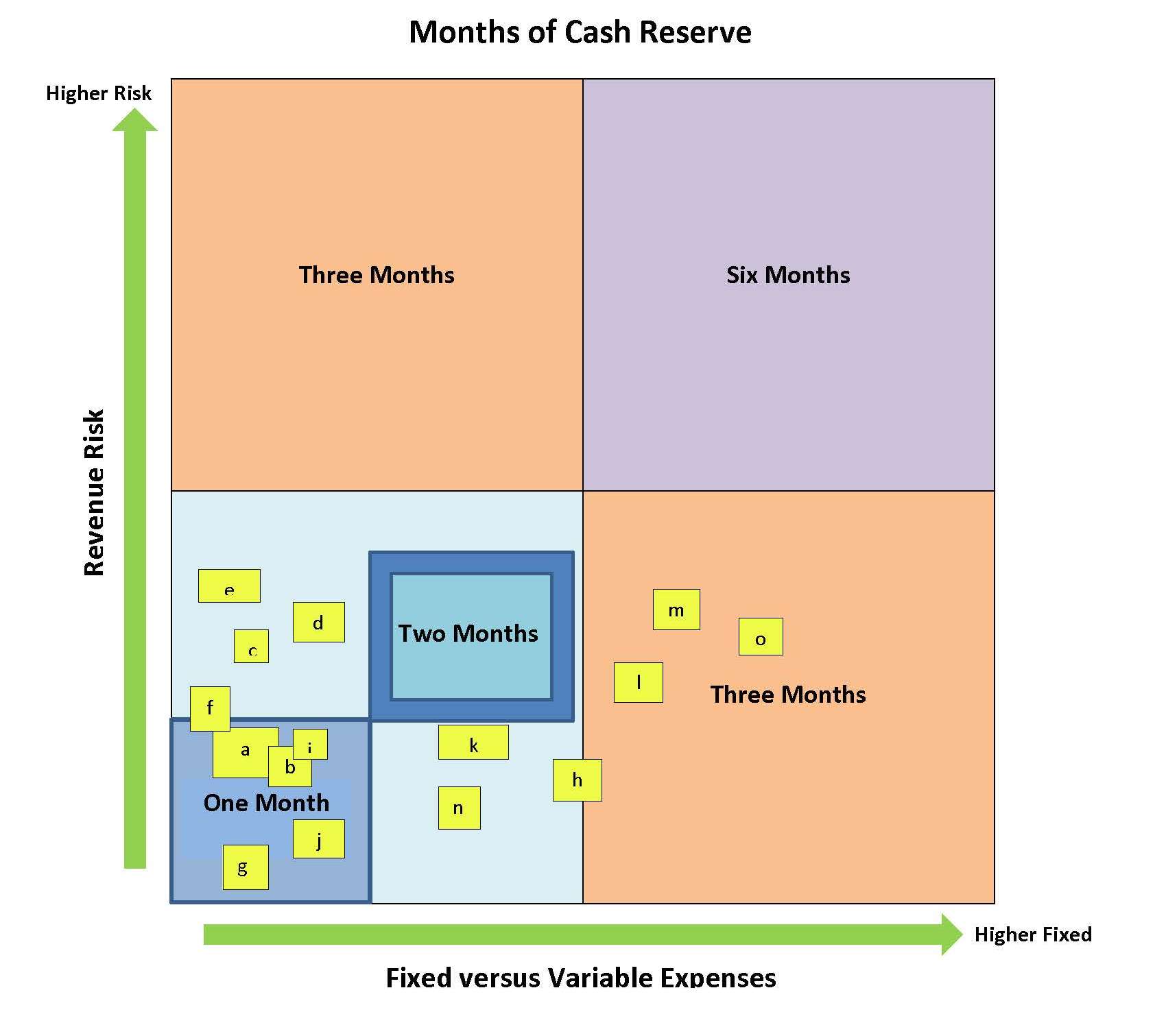Contributor: Paul Shelley, Sr.
For over 15 years, Warren Whitney has been assisting both non-profit and for-profit clients with their human resources and staffing needs and issues. During this time, we have learned that the summer months can present staffing and productivity challenges since many employees take vacation during the summer months. The following are suggestions that we advise our clients to do (or not to do) in order to minimize staffing headaches during the summer months:
- Have a scheduling procedure, and ask employees to schedule time off as far in advance as possible. Make the departmental vacation schedule available to those in the department. Make it clear that the department must continue to operate smoothly and everyone can’t take vacation at the same time. Those who schedule vacations far in advance are those that will most likely be approved. Those who wait to make their vacation plans may find that the time-off request must be denied due to the department needs and other employees’ scheduled vacation.
- Hire high school and/or college students to work during the summer. They are not expensive, want to learn and can fill in gaps in the workforce during the summer. Many organizations hire several students/interns and rotate them around to different departments as needed. The student gets a summer job, makes some money and learns some skills. The organization gets some workload relief for employees who are out on vacation. Also, the organization gets to know the student and his/her work performance/skills and may want to hire him/her for several summers, part-time work during the school year, or even for a full-time position once he/she graduates.
- Hire individuals who are willing to work on a part-time, fill-in or temporary basis. There are plenty of people, such as retirees, who would like to work some hours but not all the time. Ask your employees for referrals and/or contact some of your former employees to see if they might want to work a week or so at a time or a few days per week or month to fill in for employees on vacation. Many of these retired people and very flexible and highly skilled.
- Call a temp agency. We suggest that if you use a temp agency, use one that you have established a relationship with over time and are satisfied with the services and quality of people they provide. If you don’t have a relationship with a temp agency, start now to establish a relationship with one or two. Ask around to other organizations to determine the temp agencies they use and which ones they like best. Organizations that use temp agencies can tell you very quickly which ones they like best and which ones provide the best services, rates and assign good workers. Although Warren Whitney is not a temp staffing agency, we can provide employees for short-time, temporary assignments especially for administrative or accounting (all levels) needs.
- Provide a laptop computer, tablet or smart phone (if they don’t already have one) to an employee on vacation so that they can check emails and deal with any emergencies while on vacation. This may not be appropriate for some positions but may be highly appropriate for other positions. Some employees may not want to do this but some employees would rather do this than come back to work to find a large number of emails waiting for them and a lot of issues to deal with upon his/her return. Many of the issues are probably minor that could be passed to others to handle, or the employee can decide which ones can wait to be handled upon his/her return. At least they are keeping in touch during their vacation and will not be blindsided or overwhelmed upon their return to the office.
Paul Shelley, Director at Warren Whitney, is responsible for the Recruiting and Human Resources (HR) Practice Unit. Contact Paul at pshelley@warrenwhitney.com or at (804) 282-9566.



